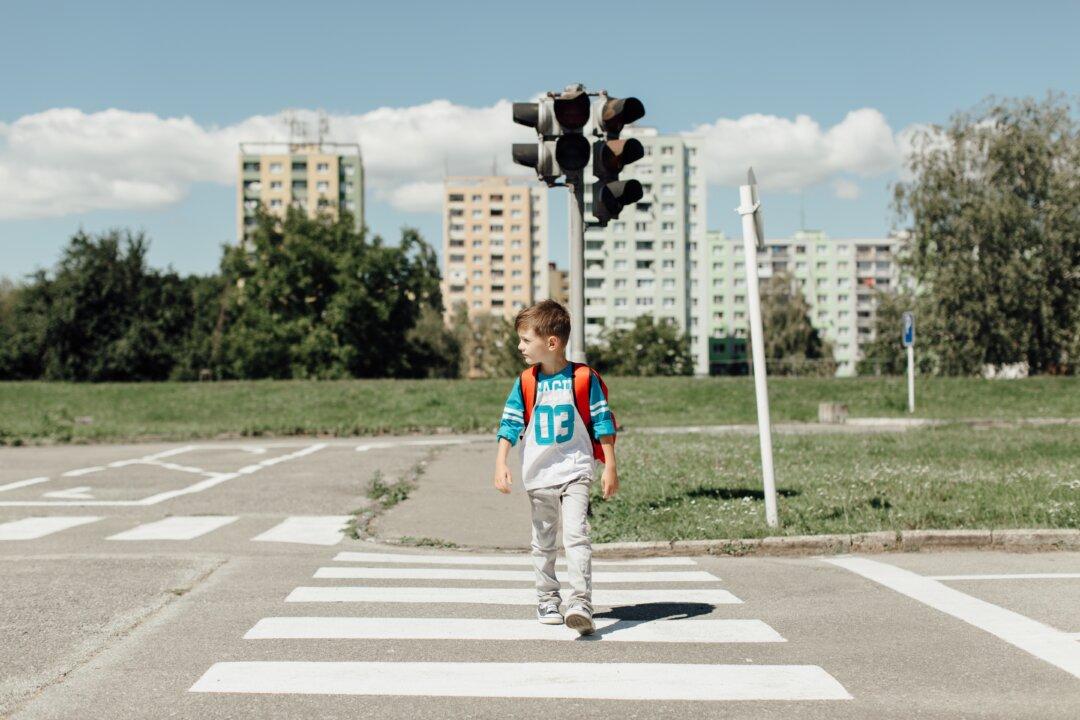The distance from home that kids are allowed to roam and play has shrunk significantly over the past 50 years. That’s largely due to parents’ concerns over safety, especially in cities. More recently, the COVID-19 pandemic has further restricted children’s independent activity.
As a doctorate student in psychology, I studied factors that affect people’s spatial navigation skills—or how they understand their location and the features within their surroundings. I was also curious about the possible childhood origins of gender differences in how men and women navigate, and why women feel more anxious when trying to find their way around unfamiliar areas.

